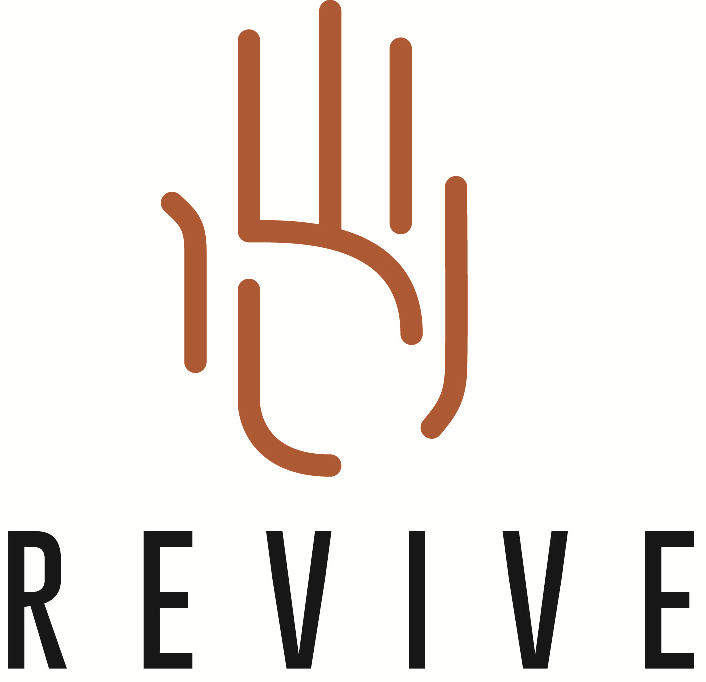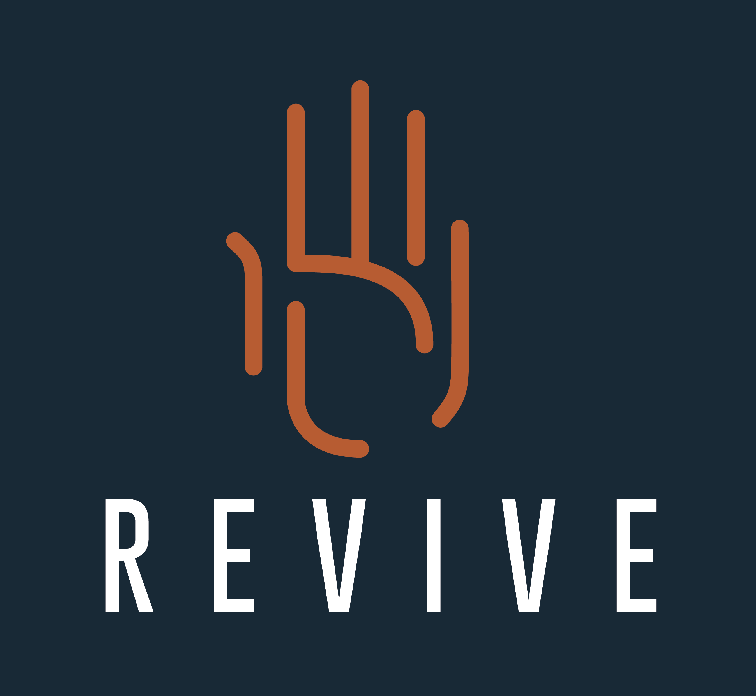Elbow Pain
As with any other injury in the body, elbow pain can have a deep impact on your life.
The elbow joint allows you to bend, straighten your arm, and rotate your forearm and hand. For this reason, it can be difficult to determine exactly what causes your elbow pain. Typically elbow pain is caused by overuse; however a major injury can also be the root cause of the pain.
Elbow pain and arm pain can be a frustrating and limiting condition that affects individuals of all ages and lifestyles, however, with proper diagnosis and comprehensive treatment, individuals can find relief and regain function. Physiotherapy plays a central role in managing elbow pain by addressing underlying biomechanical issues, promoting tissue healing, and restoring optimal joint function.
Types of Elbow Pain
Elbow pain can manifest in a variety of ways, depending on the underlying cause. Some common types of elbow pain include:
- Inner elbow pain: This type of pain is often felt on the bony bump on the inside of the elbow.
- Outer elbow pain: This pain is typically located on the bony bump (lateral epicondyle) on the outside of the elbow.
- Sharp pain: This can be indicative of a sudden injury or inflammation in the soft tissue or ligaments.
- Aching pain: This type of pain often suggests overuse or muscle strain.
- Weakness or instability: This can be caused by ligament damage or nerve problems.
- Stiffness: This can limit your range of motion in the elbow joint.
Causes of Elbow Pain
Elbow pain typically arises from inflammation and strain in soft tissues such as ligaments and tendons. Additionally, various medical conditions, injuries, and the presence of scar tissue can contribute to discomfort and stiffness in the elbow joint and its surrounding muscles and soft tissues. Understanding the specific type of elbow pain is essential for accurate diagnosis and targeted treatment of the elbow injury.
Let’s explore each type in detail:
Tendinitis
Tendinitis, also known as tendonitis, refers to injury or inflammation within the tendons, which are the pliable, fibrous tissues linking muscles to bones. This condition frequently results from the overuse of tendons. Factors contributing to elbow tendinitis include:
- Engaging in gardening activities.
- Participating in baseball throwing.
- Utilising a screwdriver frequently.
- Excessive strain on the arm or wrist due to overuse.
Osteoarthritis
Osteoarthritis (OA) stands as the predominant type of arthritis, often termed as “wear and tear” arthritis. It manifests as a chronic condition triggered by the degradation of cartilage, the protective tissue that cushions the ends of bones at joint junctions. This degeneration leads to bone friction, resulting in stiffness, discomfort, and restricted joint mobility. In the elbow, OA may induce pain during arm rotation or extension, accompanied by a clicking sensation around the joint. Elbow OA commonly stems from overuse or prior injury.
Golfer’s Elbow
Golfer’s elbow, also known as medial epicondylitis, is a condition characterised by pain and inflammation on the inner side of the elbow. It typically occurs due to repetitive gripping or wrist flexion activities, such as golfing, racket sports, or weightlifting. Overuse of the forearm muscles over a period of time can lead to strain and micro-tears in the tendons, resulting in pain and restricted movement.
Muscle Strain (Muscle Pain)
Muscle strain or muscle pain in the elbow can occur due to sudden trauma, overexertion, or improper lifting techniques. Activities that involve repetitive motions or excessive force can strain the muscles surrounding the elbow joint, leading to discomfort and restricted mobility.
Neck Injury
In some cases, elbow pain may be referred from the neck due to nerve compression or cervical spine issues. Neck injuries, such as herniated discs or nerve impingement, can cause radiating, severe pain that extends to the shoulders, arms, and elbows. Proper diagnosis and management of the underlying neck injury are essential for alleviating elbow symptoms.
Overuse Injuries
Overuse injuries result from repetitive stress or strain on the muscles and tendons around the elbow joint. Athletes and individuals engaged in repetitive activities, such as typing, painting, or playing musical instruments, are particularly susceptible to overuse injuries. These injuries can lead to inflammation, tendonitis, or bursitis, causing pain and discomfort in the elbow region.
Rheumatoid Arthritis
Rheumatoid arthritis is an autoimmune condition that can affect multiple joints in the body, including the elbows. Inflammation of the synovial membrane lining the joint can lead to pain, swelling, and stiffness in the elbows, significantly impacting mobility and function. Early diagnosis and appropriate treatment are crucial for managing rheumatoid arthritis and preventing joint damage.
Repetitive Strain Injury
Repetitive strain injury (RSI) is a common occupational hazard characterised by pain and discomfort in the muscles, tendons, and nerves due to repetitive movements or prolonged periods of overuse. Individuals performing repetitive tasks without adequate rest or ergonomic support are at risk of developing RSIs, including conditions like tennis elbow and carpal tunnel syndrome.
Stress Fracture
Stress fractures are tiny cracks in the bones caused by repetitive impact or overloading of the skeletal structure. While stress fractures commonly occur in weight-bearing bones like the legs and feet, they can also affect the elbow bones in athletes involved in throwing sports or activities that involve repetitive arm motions.
Tennis Elbow
Tennis elbow, or lateral epicondylitis, is a prevalent condition causing pain and inflammation on the outer side of the elbow. It typically occurs due to repetitive wrist extensions or gripping activities, such as racquet sports, gardening, or manual labour. Overuse of the forearm muscles can lead to microscopic tears in the tendons, resulting in pain and tenderness around the elbow joint.
Thoracic Outlet Syndrome
Thoracic outlet syndrome (TOS) is a group of disorders caused by compression of the nerves or blood vessels in the thoracic outlet region, located between the collarbone and first rib. TOS can manifest as pain, numbness, and tingling sensations in the arms and hands, with symptoms worsening during overhead activities or prolonged sitting.
Treatment For Elbow Pain
Effective treatment for elbow pain depends on the underlying cause and severity of the condition. Physiotherapy is vital in managing elbow pain by addressing muscular imbalances, improving joint mobility, and promoting tissue healing.
Treatment options may include:
Manual Therapy
Hands-on techniques such as massage, ice packs, mobilisation, and manipulation can help alleviate pain, reduce inflammation, and improve joint function.
Exercise Rehabilitation
Targeted exercises and stretching routines can strengthen the muscles around the elbow joint, improve flexibility, and enhance overall joint stability.
Modalities
Modalities such as ultrasound, ice massage, heat therapy, and electrical stimulation may be used to reduce pain, promote tissue healing, and accelerate recovery.
Therapeutic Modalities
While Therapeutic modalities like rest, pain medication, and steroid injections can offer temporary relief from tendinopathy pain, they should be seen as just one piece of the puzzle. Primary care focuses on a more comprehensive approach that combines reducing stress on the tendon with exercises to improve its strength.
Activity Modification
Avoiding aggravating physical activities and adopting proper ergonomic techniques can prevent further strain and facilitate healing.
Bracing or Splinting
Immobilisation of the elbow joint with braces or splints may be recommended to alleviate stress on injured tissues and promote healing.
Contact Revive Physiotherapy
Are you dealing with elbow pain? We can help. Our experienced team of physiotherapists and exercise physiologists will provide you with a thorough assessment and personalised treatment plan using a range of techniques designed to decrease your pain, improve mobility and enhance your quality of life.
Book in at one of our Perth physio clinics today for a thorough assessment and personalised treatment plan.
Call (08) 9300 0841 or book online to start your journey towards a pain-free life..

